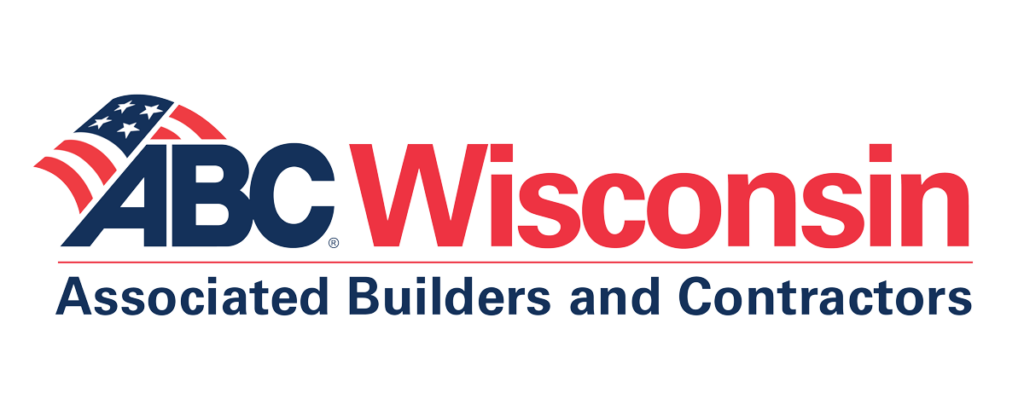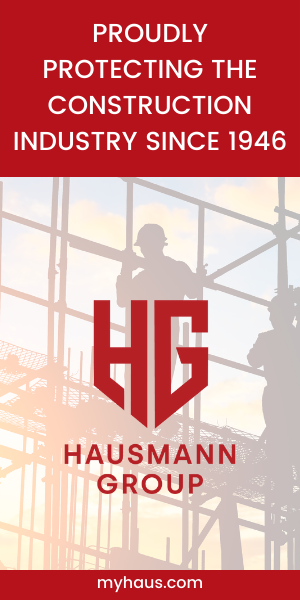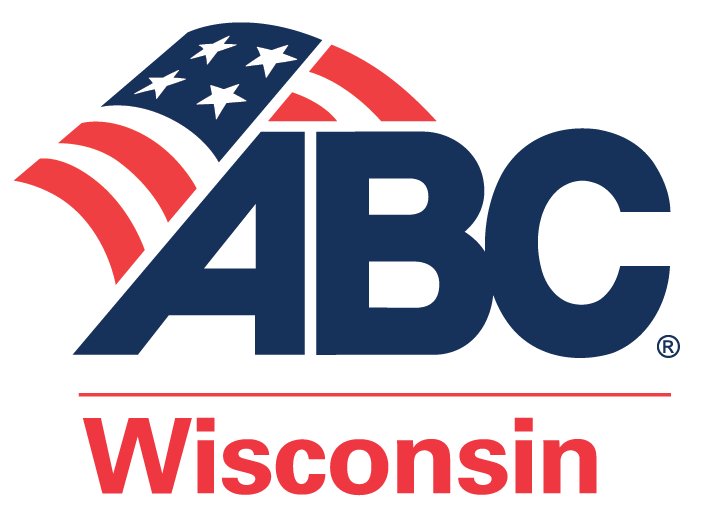Fall Protection Inspections and Enforcement Remains an Emphasis for OSHA
Despite the simple nature of the six-foot height threshold that triggers the obligation to provide fall protection in the construction industry and the preventable nature of falls, violation of OSHA’s general fall protection standard (29 C.F.R. § 1926.501) has been and continues to be the most frequently cited OSHA standard. For the 2019 fiscal year, OSHA assessed over $29 million in penalties against construction contractors for violation of OSHA’s general fall protection standard. It should not be surprising, then, that violation of OSHA’s standard regarding training requirements for fall protection (29 C.F.R. § 1926.503) is also included in OSHA’s top ten most frequently cited standards. OSHA assessed over $2.5 million in penalties for the 2019 fiscal year against construction contractors for failing to adequately train their employees on fall protection.
In OSHA’s Region V (which covers the states of Illinois, Indiana, Michigan, Minnesota, Ohio and Wisconsin), over a three-year period (FY 2016 – FY 2018), there have been 90 fatalities resulting from falls. Because of the continued high rate of injuries and deaths from falls nationally and the high number of fall-related deaths regionally, OSHA’s Region V, on Oct. 1, 2018, implemented a Regional Emphasis Program (REP) for fall hazards in construction and general industry. This REP expires Sept. 30, 2023. Generally, such regional programs are intended to address hazards for industries that pose a particular risk to workers at a regional level, and the enforcement directive set forth in the REP is expected to be implemented by all OSHA area offices within the region. Employers within Region V’s jurisdiction will experience increased inspections and enforcement efforts of construction sites where fall hazards exist. OSHA inspections conducted under this REP would be initiated by OSHA Compliance Officers’ observations, non-formal complaints, and referrals from outside sources.
Several employers within Region V have already felt the effects of OSHA’s increased inspections and enforcement efforts of construction sites where fall hazards exist. Roofing contractors seem to be at the center of OSHA’s enforcement efforts as they account for approximately half of the citations issued under OSHA’s fall protection standard. In August 2019, for example, an employer was cited for multiple fall protection violations facing proposed penalties of $252,136 for exposing employees to fall and scaffolding hazards while working on a commercial building, including failing to provide fall protection, install guardrail system on platforms, safe access to scaffold work platforms, and for failure to document fall protection training. Recently, a commercial roofing contractor faced penalties totaling $220,249 for failing to provide fall protection, improper use of warning lines during low-sloped roof construction, unsafe use of ladder, and failing to designate a safety monitor. Earlier this year, a residential building contractor faced $196,905 in penalties for expos-ing employees to falls and failing to train employees on fall protection.
WHEN FALL HAZARDS CANNOT BE ELIMINATED ON THE WORKSITE, THEN EMPLOYERS NEED TO IMPLEMENT MEASURES TO PREVENT FALLS FROM OCCURRING IN THE FIRST PLACE.
Eliminate, Prevent, and Control Fall Hazards on the Worksite
Now is the time for all construction employers to make fall protection the centerpiece of their overall safety program to significantly reduce, if not eliminate, fall-related fatalities and injuries on their worksites and to avoid costly, and simply, unnecessary OSHA penalties. To achieve these objectives, construction employers should first focus to eliminate fall hazards at the worksite and not simply rely on personal fall protection systems to protect their workers. Elimination of fall hazards on a worksite is the most effective means of preventing fatalities and injuries due to falls. Elimination of fall hazards on a worksite can be accomplished, for example, by designing work tasks that do not expose workers to heights greater than six feet from the ground or floor below.
When fall hazards cannot be eliminated on the worksite, then employers need to implement measures to prevent falls from occurring in the first place. Fall hazards can be prevented by use of guardrails and stairs, adequately covering open holes in floors and decking, and by erecting other barriers that prevents a worker from falling. For workers that do fall, employers need to control the effects of a fall by providing adequate fall protection equipment to its workers. These controls ensure that if workers do fall, they don’t die. Such fall protection systems include: (i) personal fall-arrest systems; (ii) positioning device systems; and (iii) safety-net systems. OSHA requires employers to inspect the integrity of the personal fall-arrest and positioning device systems for wear, damage, and other deterioration or defective components prior to each use; that means daily. OSHA requires that safety nets be inspected at least once a week for wear, damage, and other deterioration. It should be noted that while personal fall-restraint systems are not mentioned in OSHA’s fall protection standards, Subpart M, OSHA does recognize a fall-restraint system as an effective means of preventing falls if the system tethers a worker in a manner with a proper harness, anchorage, connectors and other necessary equipment that will not allow a fall of any distance.
Fall Protection Training Should be at the Centerpiece of Construction Employers’ Safety Programs
However, none of these efforts to either eliminate, prevent, or control falls will be effective without proper and adequate training of your workforce. According to OSHA’s fall protection standard, Subpart M, 29 C.F.R. § 1926.503(a)(1) requires that “[t]he employer shall provide a training program for each employee who might be exposed to fall hazards. The program shall enable each employee to recognize the hazards of falling and shall train each employee in the procedures to be followed in order to minimize these hazards.” Employers should interpret this standard as requiring more than simply having your workers watch a fall protection safety video or showing them the available safety equipment and telling them to use it and not to fall. OSHA’s fall protection training standard is more demanding and is multi-dimensional. First, fall protection training must be conducted by a“competent person.” Under OSHA’s standards (29 C.F.R. § 1926.32(f)), a “competent person” is a person capable of identifying existing and predictable hazards in the working conditions which are hazardous or dangerous to employees and who has the authority to take prompt corrective measures to eliminate them. The “competent person” must be qualified in the following areas:
- The nature of fall hazards in the work area.
- The correct procedures for erecting, maintaining, disassembling, and inspecting the fall protection systems to be used.
- The use and operation of controlled access zones; guardrail, personal fall arrest, safety net, warning line, and safety monitoring systems; and other protection to be used.
- The role of each worker in the safety monitoring system when the system is used.
- The limitations on the use of mechanical equipment during the performance of roofing work on low-slope roofs.
- The correct procedures for equipment and materials handling and storage and the erection of overhead protection.
- The role of workers in fall protection plans.
- OSHA’s fall protection standard as published in Subpart M.
Second, employers are required to verify compliance with these training requirements by competing a certification record of each worker trained that includes the worker’s name, the date(s) of the training, and the signature of the “competent person” who conducted the training. Third, if the employer believes that any previously trained worker does not have the understanding and skill required under the fall protection standard or if changes in the workplace render the previous training obsolete, then the employer has an obligation to retrain the worker. Fourth, the training and any written materials associated with the training needs to be in a language that the worker understands.
Finally, workers need to be provided hands-on training on recognizing fall hazards and how to properly don and use adequate fall protection equipment. An employer can’t simply toss their workers a set of safety gear and expect them to know how to properly use it. A worker who does not understand how to properly put on a body harness that fits or uses anchorages, connectors and other fall protection devices while working can hardly be considered adequately trained and is more likely to be injured on the job compared to a worker who receives hands-on training on the proper use of the fall protection equipment. Employers must commit themselves to making sure that each worker exposed to a fall hazard is properly and adequately trained to use fall protection equipment and to work safely at heights where a fall hazard exists, such as roofs, open floors, ladders and scaffolds. Construction employers that embrace a fall protection program as part of their overall safety program can effectively prevent falls from heights on their worksites and avoid becoming another fall protection statistic for OSHA.
Joseph Gumina leads O’Neil Cannon Hollman DeJong & Laing’s Employment Law Practice Group and has extensive experience representing manage-ment in a vast array of employment and labor matters.











